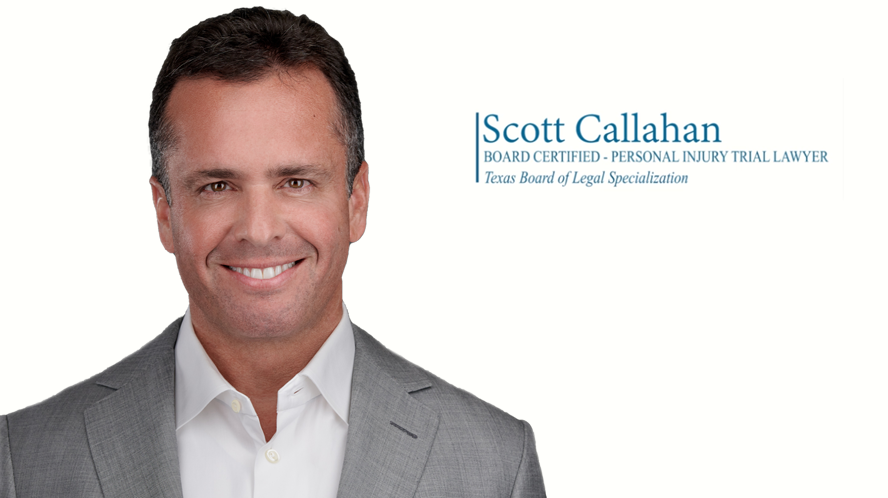Texas AED Liability Lawyers
What is an AED? An AED (Automated External Defibrillator) is used to help those experiencing sudden cardiac arrest or heart attack. It is a medical device that analyzes the heart’s rhythm and delivers an electrical shock – or defibrillation – to restore an effective rhythm. It can be the difference between life and death.
When NFL player Damar Hamlin tragically collapsed on the field during a Buffalo Bills and Cincinnati Bengals game, the swift action of athletic trainers using an AED combined with CPR on the field gave him the best chance of survival.
If someone is experiencing a cardiac arrest, an AED device can be used to “analyze the heart rhythm and deliver an electric shock to restore the heart rhythm to normal.” In fact, according to the CDC, over 350,000 people will have a cardiac arrest event and 60-80% will die before they reach a hospital.
How does an AED device work?
Many people might feel apprehensive if they need to use an AED on someone, but there is no need to fear. An AED is a sophisticated, easy to use device that is designed to be successfully used by people who are not trained medical professionals.
Once you turn on an AED device, it will light up and voice commands will loudly start giving directions on how to use it. The rescuer should then:
- Remove all clothing covering the chest area. If applicable, wipe the chest dry if needed.
- Apply pads to the person’s bare chest. There will be illustrations on the pads for where to place them on the chest.
- Once the pads are in place and connected to the AED device, it will either automatically give a shock or give verbal commands for when to apply a shock.
- After shocks are no longer needed, CPR should be administered until a first responder arrives on the scene.
Time is of the essence after a person experiences a sudden cardiac arrest (SCA). According to the American Heart Association, a person’s chances of survival decreases by 10% for every minute an AED is not used.
Where are AED Devices required?
Having an AED in an easily accessible place is critical to save the life of someone suffering from an SCA. Unfortunately, having this device is not always required by law in public places where SCAs are likely to occur. In Texas, an AED device and an AED-trained individual are required in:
- Schools
- Dental offices
- Nursing homes
- Extended care facilities
- Public swimming pools
Surprisingly, in Texas, places like gyms, churches, shopping centers, airports, theme parks, golf courses, and other recreational facilities (like soccer fields) do not require the presence of an AED.
Can I be sued for using an AED?
Many people might be worried about being sued if they use an AED device with an unsuccessful result. As the minutes tick on, the benefit of using one of these devices is critical and preferable to standing by and waiting for emergency medical personnel to arrive on the scene.
People in Texas are protected by what is known as a Good Samaritan law. If a bystander acts in good faith to render aid, yet is unsuccessful in the use of an AED, to save the life of someone experiencing an SCA, they are protected from civil liability.
The burden falls on the facility to make sure they were compliant in the use, maintenance, and training associated with having an AED. This can include anything from ensuring proper physician oversight in medical facilities, providing the proper training to users who would most likely be using the AED (such as lifeguards), or having regular AED maintenance checks to see if things like batteries or pads are not expired or out of life.
AED Liability and Damages
Even if not legally required to have an AED on-site, business owners of facilities where people are more likely to over exert themselves should not underestimate the importance of having one of these life-saving devices on-site. The cost of an AED device runs anywhere from $1400-$3500, which is a small price to pay for the peace of mind these devices bring.
Even if someone survives their SCA, the failure to use an AED device can result in injuries such as:
- Stroke
- Permanent disability
- Brain damage
- Sensory deprivation
As such, victims of an SCA can be entitled to recovery for:
- Lost income
- Medical bills
- Disability
- Pain and suffering
- Ongoing medical care
- Loss of consortium
Call a Texas AED Liability Lawyer Today
AED liability can be a complicated field of law, one for which you should seek appropriate legal counsel. Neither insurance companies, nor the facilities, will let you know the rights and recoveries afforded to you.
Scott Callahan is the founder of Scott Callahan & Associates. He has over 25 years of experience and is board-certified in Personal Injury Trial Law by the Texas Board of Legal Specialization. Scott Callahan & Associates will work tirelessly to protect your rights and secure the compensation you and your family deserve if the presence of an AED device could have either saved a life or prevented life-long injuries. Give us a call today to discuss your claim at 713-888-9000.

